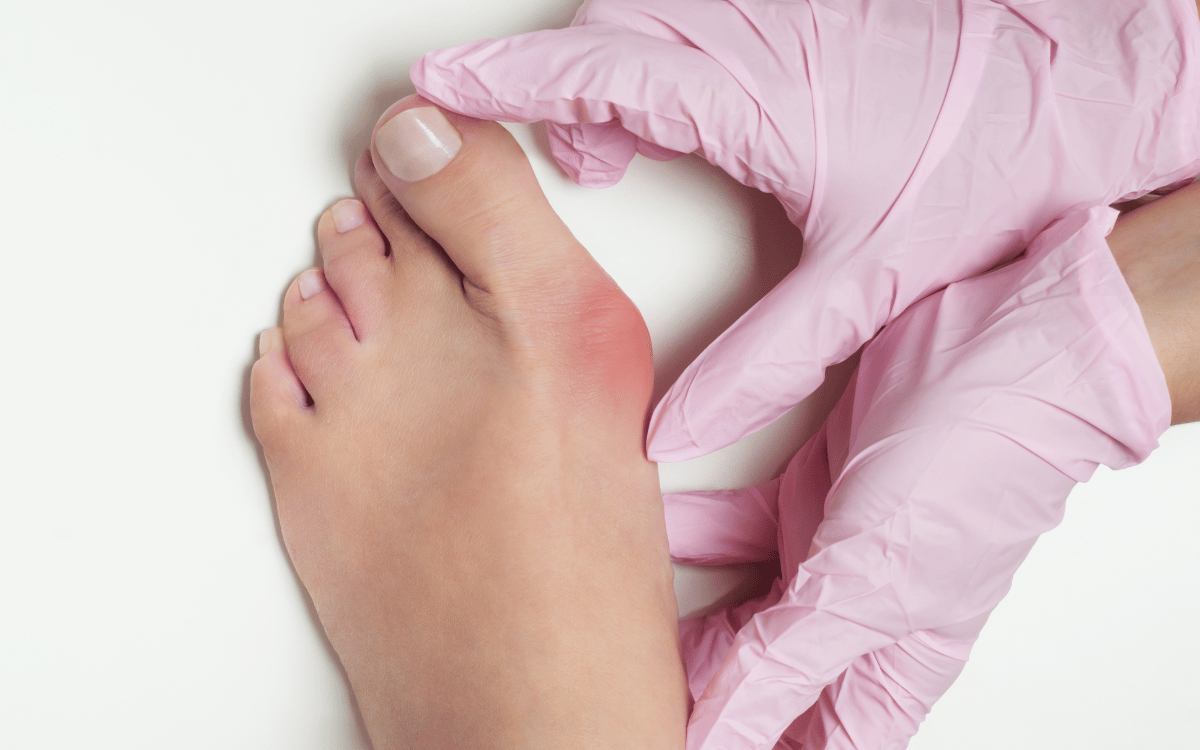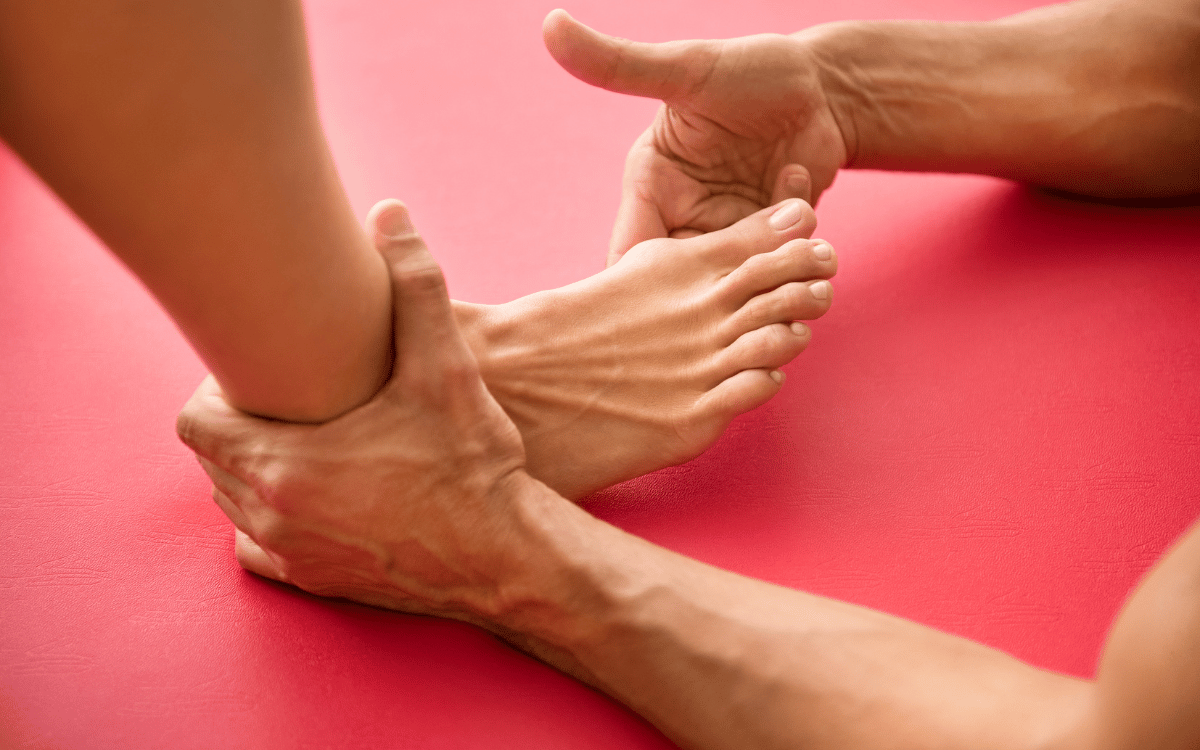If a video is your preferred medium, please watch the below link we have prepared for all things heel pain or continue to read the blog below the video link.
https://www.youtube.com/watch?v=vxYwbwiGcyc
Heel pain can have many different causes. It can be the result of an injury, such as a sprain or fracture. It can also be the result of overuse, such as from running or jumping. Heel pain can also be caused by problems with the way your feet are structured, such as flat feet or high arches. Sometimes, heel pain is caused by a problem with the heel itself, such as heel spurs or Achilles tendonitis. Treatment for heel pain will vary depending on the cause.

Main causes of heel pain
- heel spurs
- Achilles tendonitis
- heel bursitis
- plantar fasciitis
- stress fractures
- nerve entrapment
- Fat pad syndrome
How does heel pain occur in the first place?
A common question often people will associate with an incident like an injury. The reality is that heel pain and plantar fasciitis occurs over months if not years. With micro tears occurring over a period of time. Sure, you might remember your heel pain after jumping off something or a long walk but studies show you can have tearing in your plantar fasciitis years before you feel it and get symptoms. The main issue that causes heel pain is the way you stand and walk. These fall roughly into 2 categories.
The first is overpronation. This is when your heel strikes the ground and rolls inward too much, straining the tissues in your foot. The second factor is tightness in your calf and Achilles tendon. This can cause the heel to lift off the ground too much, putting strain on the plantar fascia. heel pain can also be caused by wearing shoes that are not supportive or do not fit well.
The third is if you supinate, your foot rolls outward when it hits the ground. This can also cause heel pain, as well as other problems such as ankle sprains. This causes a lack of shock absorption causing microtears through the attachment point at the plantar fascia.
If you are experiencing heel pain, it is important to see a podiatrist to find out the cause so that you can get appropriate treatment. Heel pain is often treated with a combination of rest, ice, and stretching exercises. If these conservative measures do not relieve your pain, you may need orthotic devices or foot mobilisation is another option.
There are options for treating heel pain, the most important thing here is that you treat the underlying cause i.e. the way you stand and walk. The 2 options you have to do this is orthotics and foot mobilisation, combined with strengthening and exercises.
Orthotics benefits
- Quick
- Effective in most cases
- Great for runners and lace ups
- Help to improve the way that you walk so that you get relief from symptoms
- No surgery
- No cortisone
Disadvantages
- Don’t fit into most shoes that aren’t a lace up or a runner
- Often frustrating for women
- Aren’t corrective, people don’t realise you need to keep wearing orthotics
Foot mobilisation benefits
- No surgery
- Keep wearing a variety of shoes
- No orthotics
- Keep being active through treatment
- Gentle and doesn’t hurt
- Long term beneficial/ corrective
- Correct the underlying cause / don’t need ongoing treatment
- No cortisone
Disadvantages
- Takes a little longer than orthotics
- Exercise at home 3 minutes a day for a while/ not forever
If you think you might have heel pain, don’t delay in seeking treatment. Unfortunately the longer that heel pain is left the harder it is to fix. In fact a recent study showed that if you have heel pain for five years you only have a 4 % chance of ever getting out of pain!
Our number is 8966 9300 or visit our website http://www.alternativefootsolutions.com.au
We are offering a 65% off Expert Heel pain assessment for just $35. Usually fee $100. Give us a call 8966 9300, email [email protected] or you can book in via our website https://sydneyfootsolutions.com.au/contact/booking/



